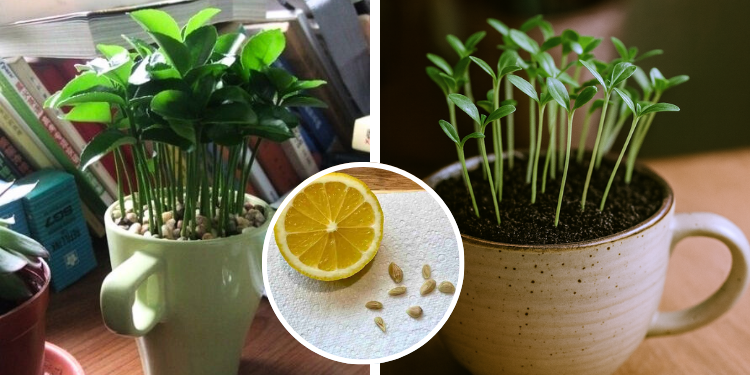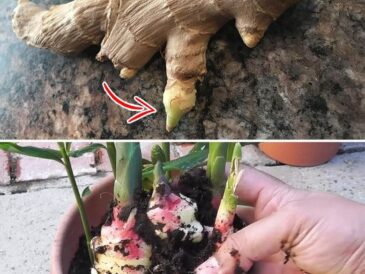There’s something magical about growing a lemon tree indoors. From a single seed planted in a cup, you can nurture a vibrant little plant that not only brightens your space but also helps purify the air and lift your mood.
The citrus scent of lemon leaves has long been linked to relaxation, focus, and energy, making it one of the most rewarding plants to grow inside your home.
Many people assume lemon trees are difficult or require outdoor space, but the truth is you can start your own miniature lemon plant right on your windowsill.
With a simple cup, some soil, and a fresh lemon seed, you’ll have a living air purifier and mood booster that’s both practical and beautiful.
Why Plant a Lemon in a Cup?
Growing lemons indoors may sound like a novelty, but it offers surprising benefits.
A Natural Air Purifier
Plants naturally absorb carbon dioxide and release oxygen, but citrus plants also emit compounds that freshen indoor air.
Lemon leaves give off a crisp, clean aroma filled with essential oils that neutralize odors and uplift a room.
A Mood Booster
Studies show that the scent of lemon reduces stress, improves concentration, and enhances mood. Having a lemon plant nearby is like keeping a natural diffuser in your home.
Simply brushing your hand across the leaves can release a refreshing burst of fragrance.
Easy and Inexpensive
All you need is a lemon, a cup, and some potting soil. Instead of buying expensive air purifiers or mood-boosting candles, you can grow a living version for free.
A Daily Connection with Nature
Planting seeds in a cup and watching them sprout connects you to the rhythm of growth. Tending your lemon plant gives you a daily moment of calm and mindfulness.
Step-by-Step: How to Plant a Lemon in a Cup
You don’t need fancy equipment. A kitchen lemon, a cup, and a sunny spot are all it takes to get started.
Step 1: Choose the Right Lemon
- Use an organic lemon if possible. Non-organic lemons are often coated with chemicals that can affect seed germination.
- Pick a fresh, ripe fruit. Seeds from older, dried lemons may not sprout.
Step 2: Extract and Clean the Seeds
- Cut the lemon and remove several seeds. Not all will germinate, so take a few extras.
- Rinse seeds under lukewarm water to remove pulp and juice.
- Gently peel away the thin outer seed coat using your fingernail or a small knife tip. This helps the seed sprout faster.
Step 3: Prepare Your Cup
- Choose a ceramic mug, plastic cup, or glass container at least 3–4 inches deep.
- Ensure the cup has a drainage hole at the bottom. If not, create one. Drainage is essential to prevent root rot.
- Fill the cup with moist, well-draining potting soil. A mix designed for citrus or indoor plants works best.
Step 4: Plant the Seeds
- Plant seeds about ½ inch deep in the soil.
- Cover lightly with soil and gently pat down.
- Water until the soil is evenly moist but not soggy.
Step 5: Create a Mini Greenhouse
- Cover the cup with clear plastic wrap or a small plastic bag. This traps humidity and warmth, helping seeds germinate.
- Place the cup in a warm, sunny spot, such as a windowsill.
Step 6: Germination
- Seeds usually sprout in 2–4 weeks.
- Keep soil moist but not waterlogged. Check daily.
- Once sprouts appear, remove the plastic cover to allow airflow.
Caring for Your Lemon Plant
TO CONTUNUE READING THE ARTICL PLEASE SEE PAGE 2 .




